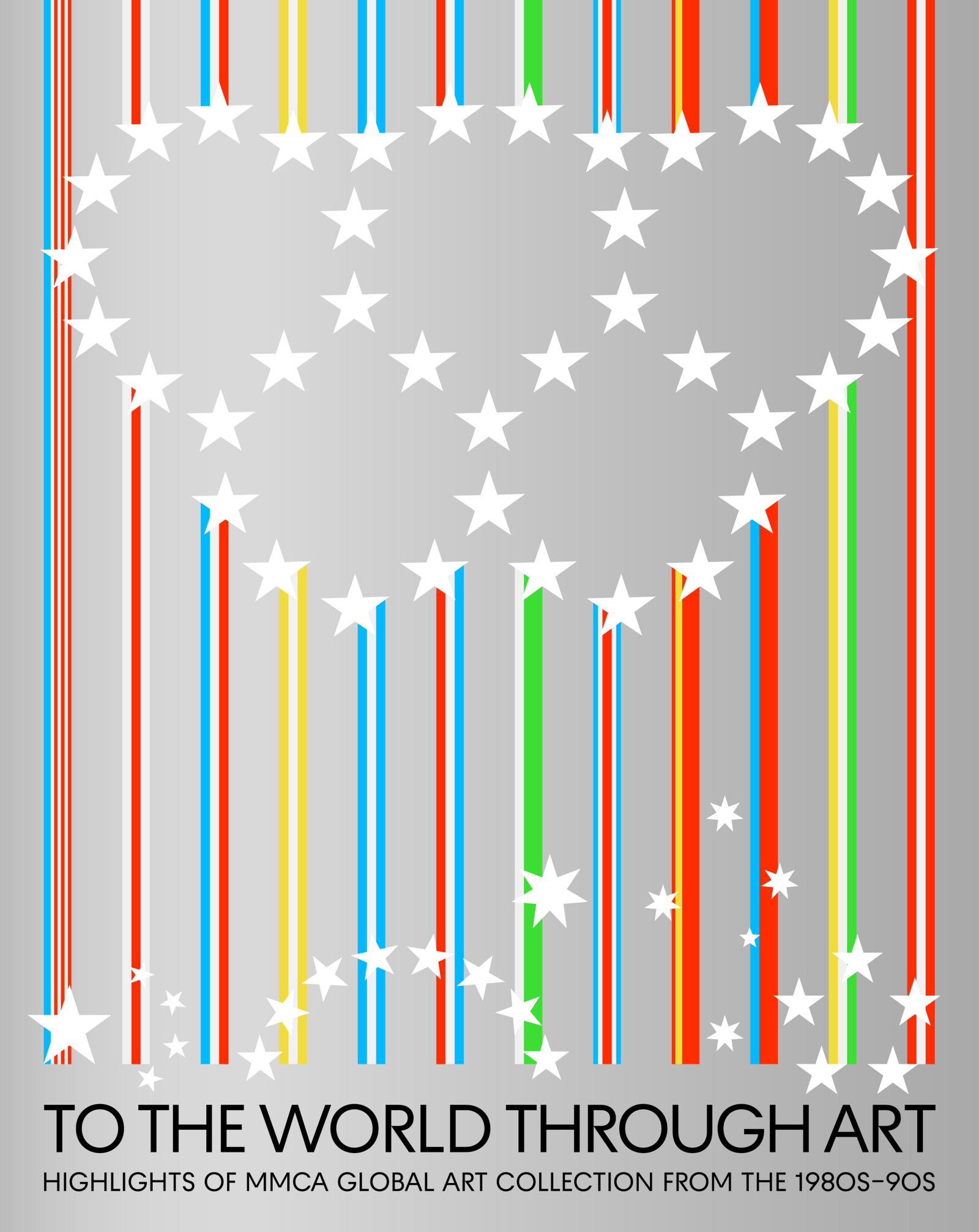Highlights 0f MMCA Global Art Collection from the 1980s–1990s
January 20–June 20, 2022
314, Sangdang-ro, Cheongwon-gu,
Cheongju-si, Chungcheongbuk-do
28501 Cheongju
South Korea
Hours: Tuesday–Sunday 10am–6pm
T +82 43 261 1400
Artists: Andy Warhol, Robert Rauschenberg, Christo, David Hockney, Andy Goldsworthy, Sigmar Polke, Günther Uecker, Dennis Oppenheim, Magdalena Abakanowicz, Jean Messagier, Bernard Schultze, George Segal, Markus Lupertz, A.R. Penck, and more
As Korea’s first storage-type art museum, MMCA Cheongju Art Storage Center has established itself as an alternative visual arts space. The museum is comprised of the Open Storage on the first floor, the Visible Storage and Teum, an interactive rest area, on the second floor, the Art Bank Open Storage and Visible Conservation Science Laboratory on the third floor, the Special Storage on the fourth floor, and the Special Exhibition Gallery on the fifth floor.
This exhibition overviews the MMCA’s acquisitions from the 1970s to the 2000s and highlights works of international art in the museum collection, including 104 works of sculpture, drawing, and painting by 96 artists of diverse nationalities acquired after 1978. More than half of the works in the exhibition are being unveiled to the public for the first time since their acquisition, and many others are being removed from storage for the first time in over 30 years.
Throughout the late 1980s and early 1990s, when the Cold War between the East and West that dominated the first half of the century came to a close, giving way to an era of concord and prosperity, people were filled with the expectation that advances in information and communication technology would connect and unite the world as one. Korea was particularly engulfed by aspirations for strengthening national competitiveness after Seoul was designated the host city of the 1988 Summer Olympic Games, and “globalization fever” reached a peak across Korean society. The art scene was no different. While it began to seek opportunities to introduce Korean art overseas, it also started to diversify the routes and methods through which foreign art could enter the country. This exhibition mainly overviews how the international artworks in the MMCA’s collection were acquired, as well as the meaning of their acquisition in the historical context of the globalization that characterized the 1980s and the 1990s. While the acquisitions of international artworks made prior to the year 2000 reflected the museum’s dedication to expanding its collection in size in response to societal desires for globalization, the acquisitions made after 2000 were based on the museum’s selective focus on value—that of the artists or works—in terms of contemporary art history.
The exhibition consists of five sections that examine aspects of international art exchange and the MMCA’s international artwork collection: Overseas Artists Visiting Korea; Art Communication and Exchange at the Global Level; The World Gazing through Art; Seoul to the World, the World to Seoul; and Art, a Window to the World.
Youn Bummo, director of the MMCA, notes, “This exhibition was organized to introduce the many international works in the MMCA collection that have remained unexhibited, remember their value in terms of art history and research, and build a foundation for further study. It is our hope that this exhibition marks the beginning of a series of in-depth research on the collection, and that the works are studied from various angles including art historical, sociocultural, political, diplomatic, and economic points of view in the future.”


